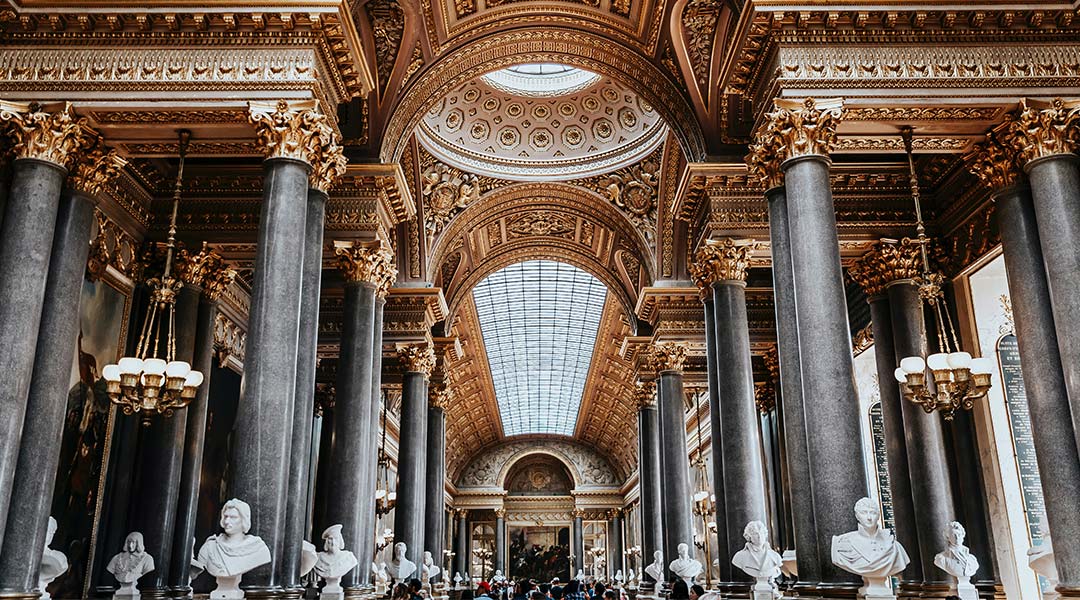
Originally thought to be overwhelmingly strange, baroque architecture was enough to sway hearts into catholicism.
In Spain, people thought of the irregularly-shaped but still beautiful and adored pearl when the word “baroque” was mentioned. In Italy, the term baroque was a contorted argument that was almost equal to nonsense. In architecture, these characteristics are expressed through a complex arrangement of chaotic beauty. Grandeur, great contrast especially in lighting, flamboyant and richly designed surfaces, bright colors, and vividly painted ceilings are the basic characteristics of baroque architecture.
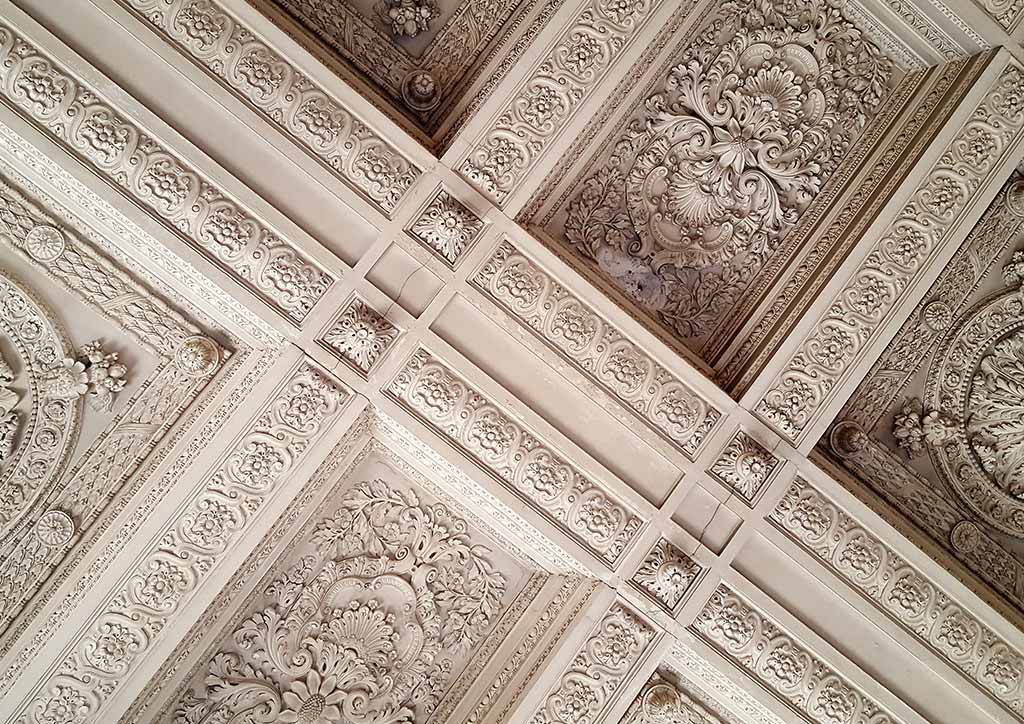
READ MORE: Personalization and Balance in Design: Ghibli Edition
The History of Baroque Architecture
Baroque architecture was an architectural style that became an essential element in building throughout Italy and Western Europe. Back in the 16th century, the style was used by the powerful to flaunt their wealth and prominence. Most specifically, the style was prominent among Catholic churches and was used by several Renaissance artists to evoke emotion and loyalty. This type of art was evident in both full baroque (a style more prevalent in southwestern Europe) and restrained baroque (most seen in northwestern Europe from 1675 to 1725). Regardless of the baroque style, this type of architecture and the artist that crafted the baroque structure gave lots of attention to light.
Giving Light to Beautiful Chaos
This is the era of architecture where the chiaroscuro effect (the use of light and dark to create the illusion of three-dimensional volume on a flat surface) was most utilized and fixtures were specially chosen based on how light would reflect off of these fixtures. Being as flamboyant as it is, baroque style is still seen mostly in European architecture. Namely in mansions, palaces, and churches which were erected mostly as a show of power, beauty, and wealth. There are a large number of baroque structures that warrant recognition. But here are just two of these fantastic structures.
READ MORE: Something Light: How would you design your Christmas tree?

The Admont Abbey Library is 70 meters long, 14 meters wide, and 11 meters high. Known to be the largest monastic library in the world, this Austrian hallway of books is famous for being the 8th wonder of the world. Planned and overseen by Viennese architect Josef Hueber, the hall which is covered by seven cupolas has three compartments that consist of the central cupola room shaped like an elongated oval, and two wings that connect to it on either side.
READ MORE: A Unique Diffuser for Unique Interior Design Styles
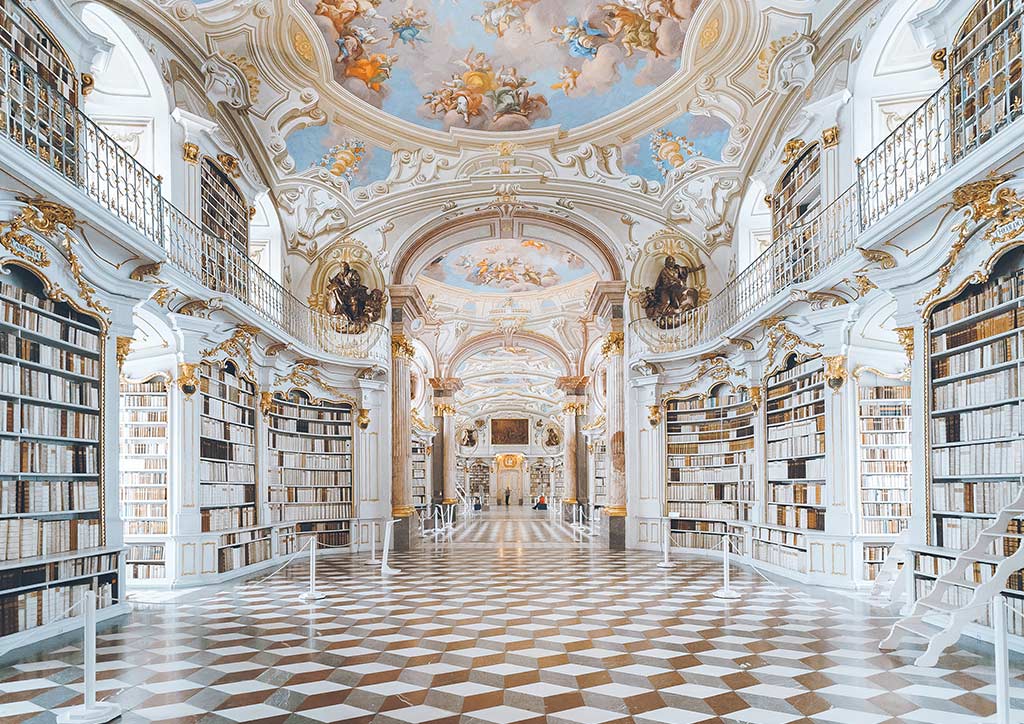

Both of these side chambers have three bays underneath an elongated vault ceiling. At the central cupola is a spectacular fresco carrying the theme of Divine Revelation. This ceiling is then supported by 12 pillars made of reddish marble that accentuate the vertical dimension. This two-story library has bookcases to highlight the wide space and 48 windows to allow the flow of natural light. Unlike other libraries that painted their bookshelves a subtle brown, the Admont Abbey Library bookcases are painted in an immaculate white toned with gold decor which reflects the 17th century’s era of enlightenment. This picturesque library can be explored through a 3D virtual tour (payment is still needed, of course!)
Kiev Pechersk Lavra or the Cave Monastery is found in Ukraine and built right on top of a vast system of caves. Once known to be just a single golden topped cathedral designed and constructed by architects from Constantinople, it has become a complex of monuments including the Church of The Savior at Berestove, the Gate Church of the Trinity, and The Great Lavra Belltower alongside many other churches and chapels.
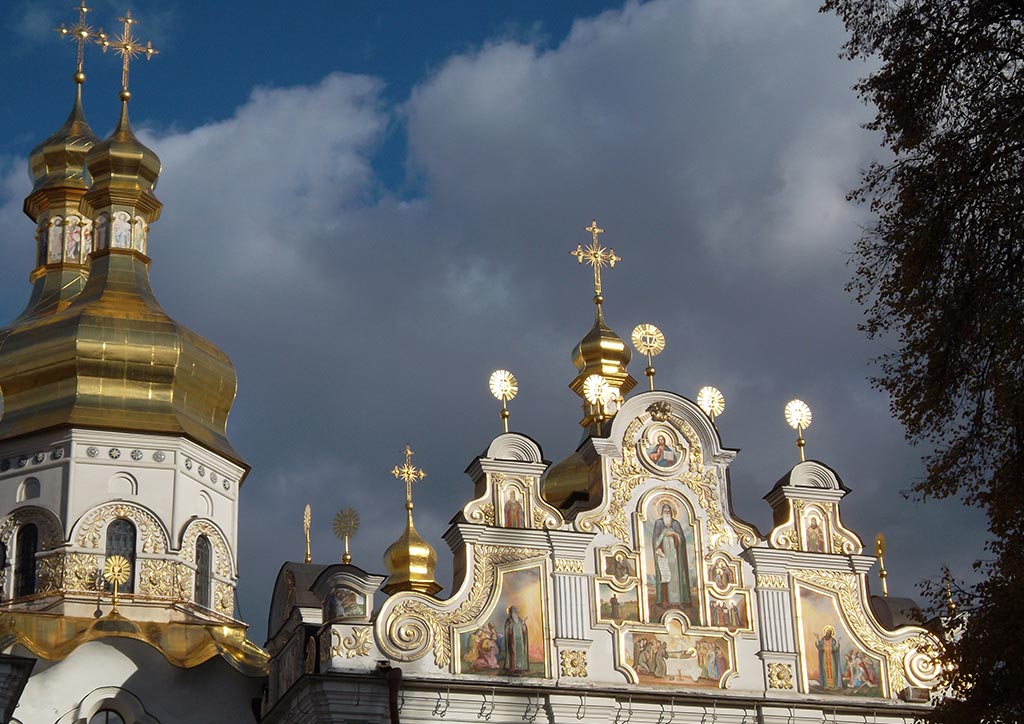
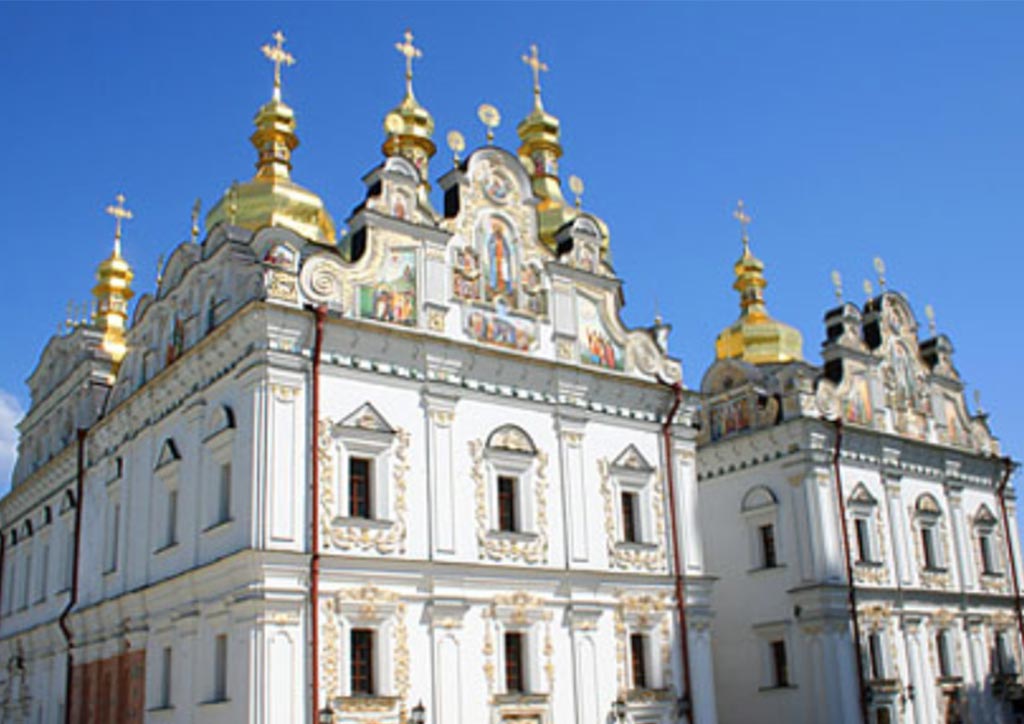
There is beauty even in discord and opulence. Sometimes, it might not even be understood by the normal person but in architecture, namely baroque architecture, this astounding burst of design can also be one of the many factors that may even help us decide our own principles and beliefs.
READ MORE: Lighting Healthy Spaces: Interview with Jinkie de Jesus


